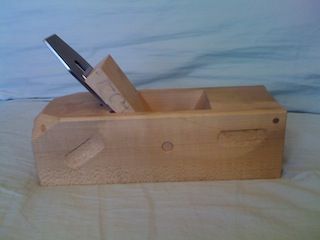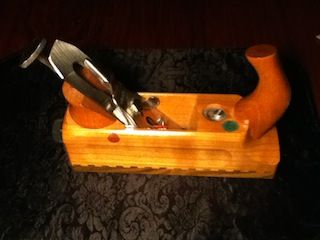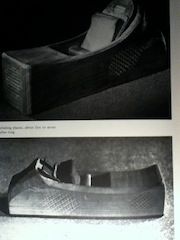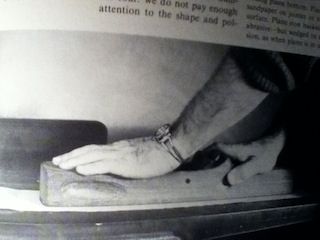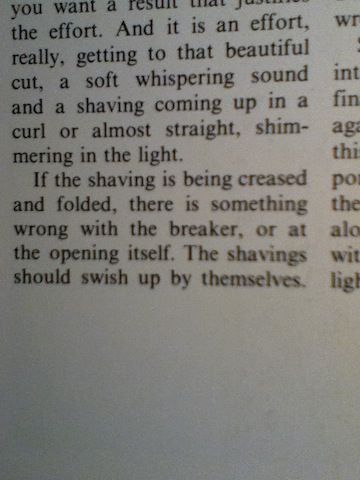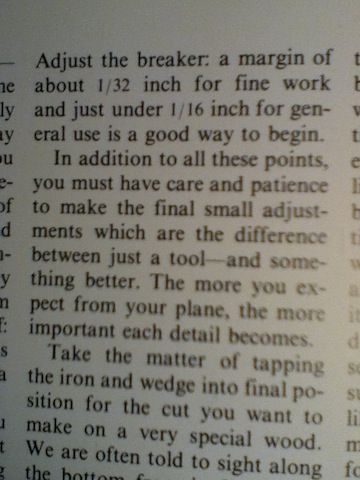Edit: the image is not showing for me except in the edit mode, so I'm linking to it at the bottom - might see both.
23inchKrenov-s.jpg
I made this two foot* fore plane to flatten the tip of the bench I'm making. I've got very large hands but it is still to hard to use, I think mostly because my hands fatigue from squeezing it since it is too wide. I'd like to avoid a complete Frankenstein look since I'm attached to it (the tool itself, not the specific shape). It was the first real tool I've made and first thing made out of rough lumber, not s4s BORG maple.
... so I'm asking your suggestions for how to reshape it, add tote & knob, etc.
As you can see I chopped out a mockup out of a scrap of construction lumber so I can try a shape before committing but I'm not sure what to try, having never used any other planes larger than a no5.
On a good note, it works great. Pushing it isn't that hard, just keeping a grip on it. It does a great job of flattening the 3 x 13 x 66 inch Douglas for "scraps" I got from someone making a log cabin. I thought I'd screwed up somehow but twig again after taking a year off due to injury... Turns out the DF just wasn't near dry enough. Now it works!
Any suggestions would be great.
Thanks
*well, almost...





 Reply With Quote
Reply With Quote






